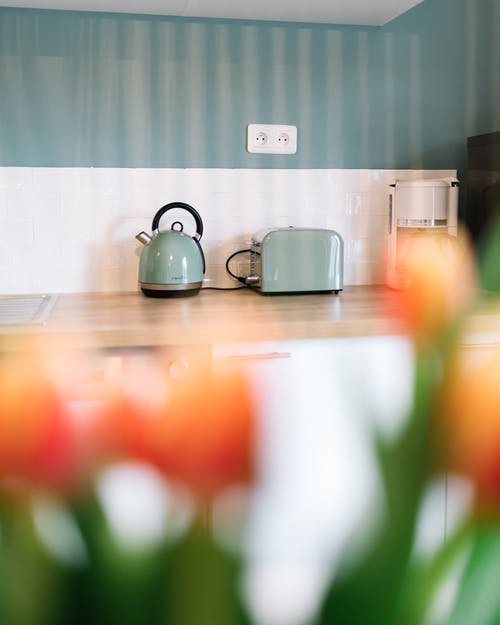- HubPages»
- Home and Garden»
- Home Decorating»
- Interior Design & Decor
Interior Design Colors Can Affect Your Mood

Color is a subjective and very catchy design element in any given space. This influences its appeal dramatically, an element you can easily notice when two identical spaces are given different color treatments. The use of colors can spell the difference between a warm or cool feel of an area, whether it is stimulating or restful. Some colors can also give an impression of being harmonious or jarring, impersonal, or welcoming. These are some of the reasons why people tend to freeze up when choosing the right color for their room or living space.
We all have experienced this when walking into a certain room, be it at the office or at a neighbor’s house, our feel of the place immediately kicks in as our brains process the surroundings whether it’s favorable or not. Of course, other elements you see also affect your judgment, such as smell and orderliness, to name a few. The biggest factor, whether we notice it or not, is the general color or combination of colors that scream silently in the background. But are there evidence-based facts that would support these claims? Here are some points that may shed light on the matter.

Understand How Colors Work
According to Leslie Harrington, a residential and industrial décor consultant based in Old Greenwich, Connecticut, “color is a universal, nonverbal language, and we all intuitively know how to speak it." Undoubtedly, we all have our general reactions to colors that we see around us. For example, colors that are abundant in nature, like blue skies and lush greens of the forest are known to have a calming effect on everyone. We see these colors imitated in picture-perfect wall papers, bathroom tiles, and even in carpets. Harrington also states "What color you paint on your walls isn’t just a matter of aesthetics. It's a tool that can be leveraged to affect emotions and behavior." With this in mind, we can safely assume that certain colors can affect certain activities. Color consultants would always consider the primary function of a room before suggesting anything from the Pantone palette or color combination.

Colors Stimulate Us
The colors red and yellow are great for your kitchen or dining room as it is a stimulating combination. Aside from encouraging conversation, it whets the appetites of your guests and gives you the impression that you are a good cook. You might want to stay away from these colors if you are on a diet, though. Have you ever wondered why McDonalds is very successful in its food business? The answer may be obvious at this point.
Painting your home office green is perfect for your productivity as it is known that green promotes concentration, according to experts. We can assume that green is the color of nature, especially in the forest. This green color might actually be triggering survival instincts seated in our subconscious as the forests is also a known source of danger from wild animals and other menaces that lurk around. It won’t make you paranoid but it may be keeping you alert for anything, hence making you concentrate on the task at hand.
The bedroom is the place where you relax, and cool colors like blues and lavenders are great choices for this room for the calming effect these colors give. Blue is the opposite of red, a stimulating color, which is why it is believed that blue encourages relaxation. In recent times, blue has been dominating the bathroom scene as the preferred color since this area is a favored private retreat for finding comfort and rejuvenation.
We all have a favorite color, and some of the reasons why we love it include the pleasant memories associated with it. If you grew up in a family where your kitchen is white and blue, and have fond memories in that certain room, you are better off coloring your own kitchen and dining in the same colors. After all, it is you who would be mostly surrounded by your choice of color. We may also have a particular color that we have written off from our options due to some traumatic memories associated with it. If you despise a certain color, never use it in your own personal space.
Color is a great tool that can be used to trigger certain moods. Not everyone will have the same reaction on a certain color, so when it comes to personal space, it still safe to go with your own personal choice.
© 2020 athena09










